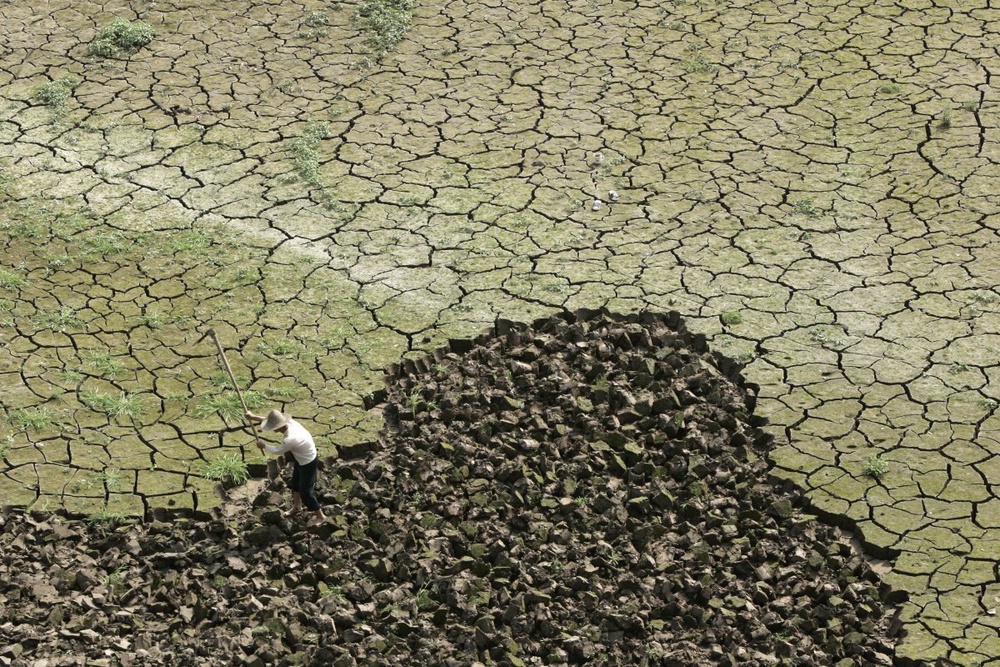
The frequency and volatility of El Nino, a weather pattern that hammers the tropical Pacific Ocean every five years or so, does not seem linked to climate change, AFP reports according to the US research released Thursday. The study involved scientists measuring the monthly growth of ancient coral fossils found on two tropical Pacific islands to determine what, if any, impact the warming climate had on the weather phenomenon. By reconstructing temperatures and precipitation over the millenniums, the study compared it to the frequency and intensity of El Nino and found that the latter had indeed become more intense and frequent in the 20th century. But although the increase was statistically significant and could be linked to climate change, the long historic record provided by the coral fossils allowed the researchers to determine that the El Nino Southern Oscillation, or ENSO, has also had large natural variations in past centuries. Thus, it is not clear that changes seen in recent decades can be linked to climate change caused by rising levels of carbon dioxide, the researchers said. "The level of ENSO variability we see in the 20th century is not unprecedented," said climatologist Professor Kim Cobb, from the School of Earth and Atmospheric Sciences at the Georgia Institute of Technology. "But the 20th century does stand out, statistically, as being higher than the fossil coral baseline," she added. The study was sponsored by the National Science Foundation and published in the journal Science. Researchers from the Scripps Institution of Oceanography and the University of Minnesota also contributed to the study. El Nino occurs every two to seven years, when the trade winds that circulate surface water in the tropical Pacific start to weaken. A mass of warm water builds in the western Pacific and eventually rides over to the eastern side of the ocean, causing a major shift in rainfall, bringing floods and mudslides to usually arid countries in the region. El Nino is ushered out by a cold phase, La Nina, which usually occurs the following year.





The frequency and volatility of El Nino, a weather pattern that hammers the tropical Pacific Ocean every five years or so, does not seem linked to climate change, AFP reports according to the US research released Thursday.
The study involved scientists measuring the monthly growth of ancient coral fossils found on two tropical Pacific islands to determine what, if any, impact the warming climate had on the weather phenomenon.
By reconstructing temperatures and precipitation over the millenniums, the study compared it to the frequency and intensity of El Nino and found that the latter had indeed become more intense and frequent in the 20th century.
But although the increase was statistically significant and could be linked to climate change, the long historic record provided by the coral fossils allowed the researchers to determine that the El Nino Southern Oscillation, or ENSO, has also had large natural variations in past centuries.
Thus, it is not clear that changes seen in recent decades can be linked to climate change caused by rising levels of carbon dioxide, the researchers said.
"The level of ENSO variability we see in the 20th century is not unprecedented," said climatologist Professor Kim Cobb, from the School of Earth and Atmospheric Sciences at the Georgia Institute of Technology.
"But the 20th century does stand out, statistically, as being higher than the fossil coral baseline," she added.
The study was sponsored by the National Science Foundation and published in the journal Science. Researchers from the Scripps Institution of Oceanography and the University of Minnesota also contributed to the study.
El Nino occurs every two to seven years, when the trade winds that circulate surface water in the tropical Pacific start to weaken.
A mass of warm water builds in the western Pacific and eventually rides over to the eastern side of the ocean, causing a major shift in rainfall, bringing floods and mudslides to usually arid countries in the region.
El Nino is ushered out by a cold phase, La Nina, which usually occurs the following year.

 +7 (777) 001 44 99
+7 (777) 001 44 99



 Қазақша
Қазақша Русский
Русский English
English














































